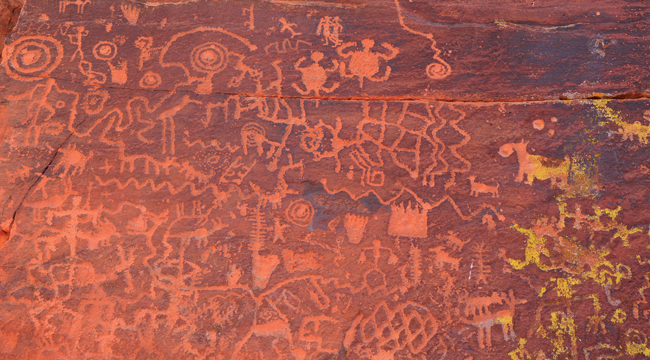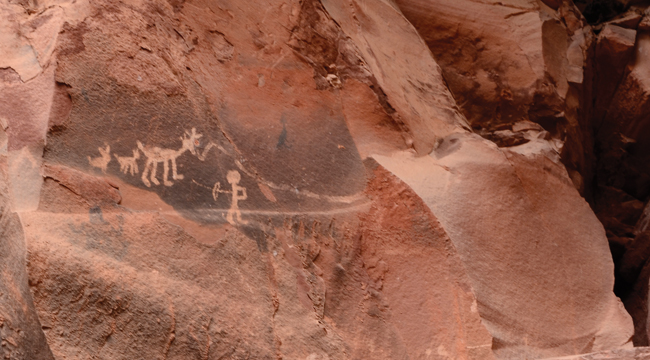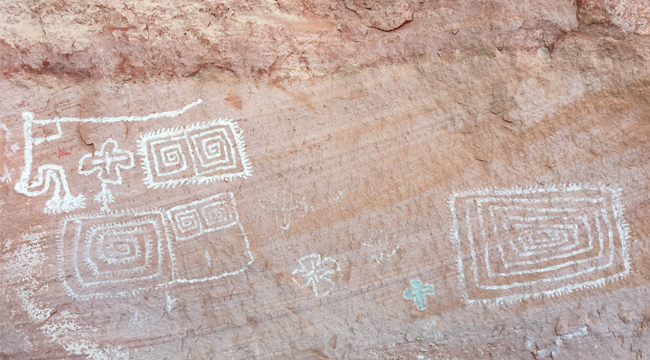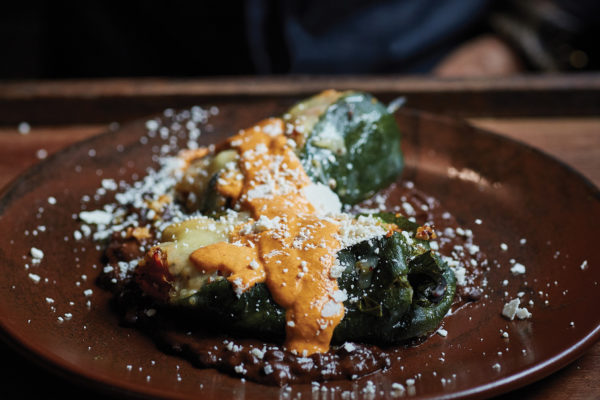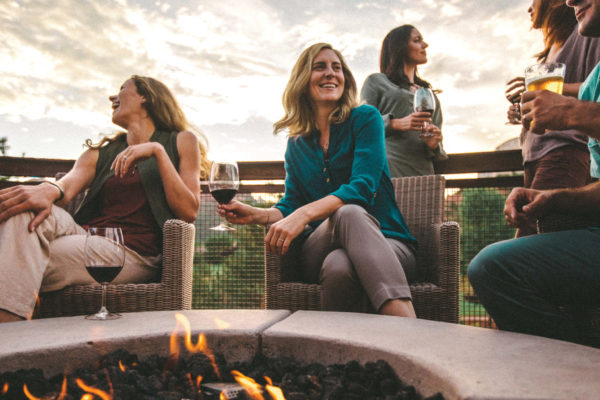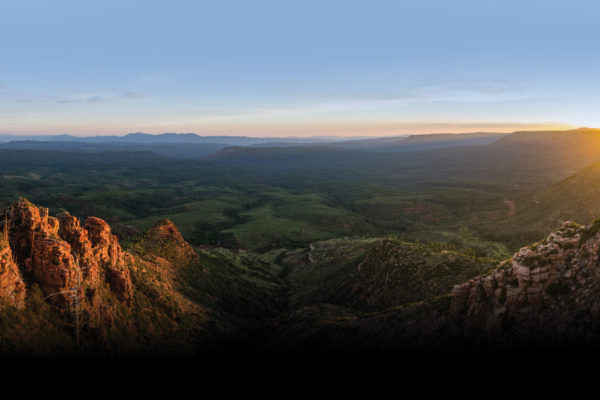Scott Newth pulls out several binders filled with photocopied documents from the 1800s, maps, diagrams, and pages and pages of research on rock art in the Verde Valley. You’d swear he’d been researching the topic his entire life, but it turns out that he only became passionate about it after retiring from the corporate world and moving to Sedona 12 years ago. Since then, he’s become a rock-art aficionado, working closely with the Arizona Site Steward Program, the Hopi tribe and Coconino National Forest. He spends about five days a week looking for new panels of art. Scott is also a passionate preservationist and is working with new technologies to better protect these fragile areas. He recently assisted Verde Valley Archaeology Center and the forest service in developing site signs that seek to educate people about proper etiquette. “This rock art has lasted 1,000 years, and yet it could be destroyed over the course of a few weeks if we don’t do something to preserve it,” he says. Why is there such a proliferation of rock art in Sedona and the Verde Valley? Much of the art was created in alcoves that have protected it from the elements. The majority of the rock art you see carved (petroglyphs) and painted (pictographs) on the red rocks of Sedona was created by Ancestral Puebloans, better known as the Sinagua (Spanish for “without water”). The Sinagua lived in the Verde Valley from approximately 700 to 1300, but most of the rock art was created during what’s known as the Honanki Phase, which occurred between 1150 and 1300. (Archaic rock art that is estimated to date from 3000 BC or earlier has also been found in our area.) Petroglyphs were created using stone hand tools while pictographs were painted using plants and minerals mixed with binders. Common ingredients include kaolin, manganese, hematite, limonite, red mud, charcoal, ocher and animal fat. The individual markings are referred to as “elements.” For example, at Honanki Heritage Site, there are more than 2,300 elements, though due to dust and erosion, only about 300 are visible. V-Bar-V Heritage Site, one of the best-preserved rock-art sites in the Verde Valley, boasts 1,032 elements. Most petroglyphs and pictographs were created along trade routes and near water sources, though you will find art at large habitation sites such as Honanki and nearby Palatki Heritage Site. (For more information about all three heritage sites, visit www.fs.usda.gov/activity/coconino/recreation/outdoorlearning.) “Water is life,” says Scott. “Our region has a large ecozone – 3,000 to 7,000 feet in elevation – within a short distance. That means food sources throughout the year.” As for interpreting the elements, that’s not so easy, despite what your tour guide might have told you. Scott says that the elements can basically be divided into two categories: ceremonial and clan symbols. The ceremonial symbols frequently relate to water, life, fertility and migration. (You know those spiral symbols you often see? Scott says those are generally migration symbols.) Beyond that, interpretation depends on your source, whether they are an archaeologist, historian or tribal member – and even then it depends upon the tribe. “Looking at an element and trying to decipher it is analogous to being handed a book, pointing to one word and asking what the book is about,” says Scott. “You can’t possibly know without understanding the context of the elements around it. It’s all part of a story.” There’s one thing that most sources can agree upon: The sites had and still have spiritual significance for the tribes. (Modern-day tribes still hold ceremonies at a number of rock-art sites.) Scott says the art was most likely created by religious or clan leaders, not necessarily your average Joe. Site etiquette includes not touching the rocks, not climbing on the rocks, not eating at the area and keeping a distance of at least 6 feet so that if you stumble, you won’t be tempted to touch the panels to steady yourself. You can find more guidelines at www.verdevalleyarchaeology.org/siteetiquette/. “These aren’t just doodles or graffiti,” says Scott. “Many of these elements are religious in nature. People need to treat the sites the same way they’d treat a church. You wouldn’t want someone sitting on your grandmother’s tombstone, drinking a beer, would you?”
MORE SEDONA HIKES: Sedona Monthly‘s 10 favorite hikes, Sedona day hikes, Hike of the Month
Download Sedona Monthly Hikes the Red Rocks: 30 of Our Most Memorable Treks at Amazon.com.



